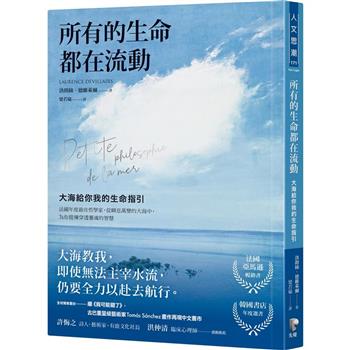Memory in German Romanticism treats memory as a core element in the production and reception of German art and literature of the Romantic era. The contributors explore the artistic expression of memory under the categories of imagination, image, and reception. Romantic literary aesthetics raises the subjective imagination to a level of primary importance for the creation of art. It goes beyond challenging reason and objectivity, two leading intellectual faculties of eighteenth-century Enlightenment, and instead elevates subjective invention to form and sustain memory and imagination. Indeed, memory and imagination, both cognitive functions, seek to assemble the elements of one’s own experience, either directed toward the past (memory) or toward the future (imagination), coherently into a narrative. And like memories, images hold the potential to elicit charged emotional responses; those responses live on through time, becoming part of the spatial and temporal reception of the artist and their work. While imagination generates and images trigger and capture memories, reception creates a temporal-spatial context for art, organizing it and rendering it "memorable," both for good and for bad. Thus, through the categories of imagination, image, and reception, this volume explores the phenomenon of German Romantic memory from different perspectives and in new contexts.
| FindBook |
有 1 項符合
Memory in German Romanticism: Imagination, Image, Reception的圖書 |
 |
Memory in German Romanticism: Imagination, Image, Reception 出版社:Routledge 出版日期:2024-10-07 語言:英文 規格:平裝 / 264頁 / 普通級/ 初版 |
| 圖書館借閱 |
| 國家圖書館 | 全國圖書書目資訊網 | 國立公共資訊圖書館 | 電子書服務平台 | MetaCat 跨館整合查詢 |
| 臺北市立圖書館 | 新北市立圖書館 | 基隆市公共圖書館 | 桃園市立圖書館 | 新竹縣公共圖書館 |
| 苗栗縣立圖書館 | 臺中市立圖書館 | 彰化縣公共圖書館 | 南投縣文化局 | 雲林縣公共圖書館 |
| 嘉義縣圖書館 | 臺南市立圖書館 | 高雄市立圖書館 | 屏東縣公共圖書館 | 宜蘭縣公共圖書館 |
| 花蓮縣文化局 | 臺東縣文化處 |
|
|
內容簡介
作者簡介
Christopher R. Clason is Professor Emeritus at Oakland University, with research interests in Medieval epic poetry (especially in Gottfried von Straßburg’s Tristan und Isolde) and German Romantic prose, particularly in the novels of E.T.A. Hoffmann. He is past president of the International Tristan Society and the International Conference on Romanticism.
Joseph D. Rockelmann is Teaching Assistant Professor of German at the University of North Carolina at Chapel Hill, with research interests in German Romanticism, Ludwig Tieck, and Ekphrasis studies. Publications include Ludwig Tieck’s Skillful Study of the Mind (2018), and "The Sociohistorical and Gendered Implications of Gazing Tenderly in Ludwig Tieck’s Liebeszauber" (2021).
Christina M. Weiler is Teaching Assistant Professor of German at the University of North Carolina at Chapel Hill. Her research focuses on German literature, culture, and philosophy of the long eighteenth century in a comparative and interdisciplinary framework, with a particular interest in metaphor, cognition, and environmental studies.
A Companion to the Aeneid in Translation: Volume 2: Books 1-6
A Companion to the Aeneid in Translation: Volume 1: Introduction and Indices
In the Future of Yesterday: A Life of Stefan Zweig
Orientation in European Romanticism: The Art of Falling Upwards
Jane Austen and Other Minds: Ordinary Language Philosophy in Literary Fiction
Henry James and the Writing of Transport
Memory and Mortality in Renaissance England
Behind Kṛṣṇa’s Smile: The Lord’s Hint of Laughter in the Bhagavadgītā And Beyond
Common Scents: Poetry, Modernity, and a Revolution of the Senses
|











